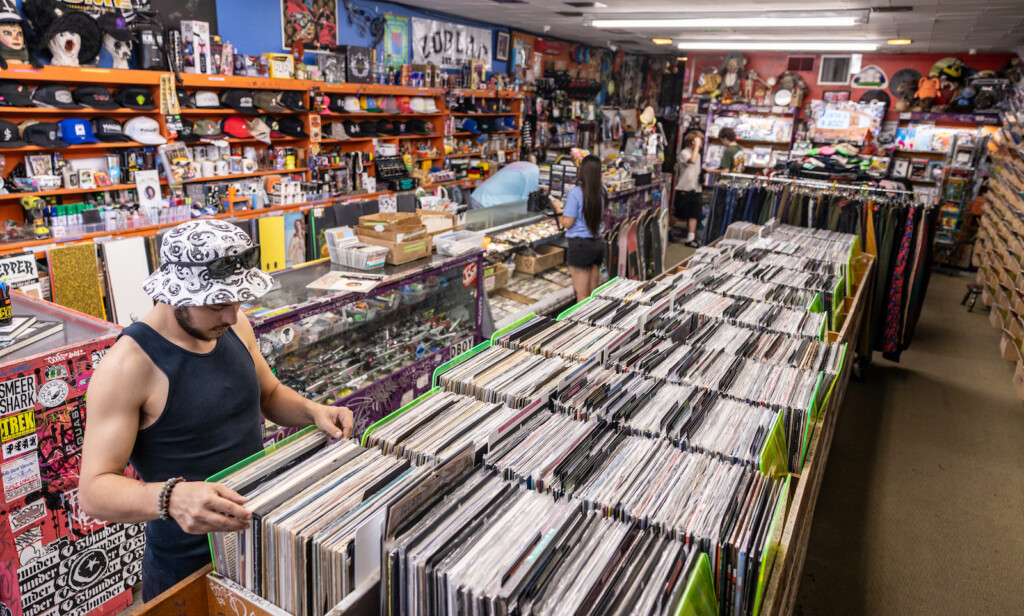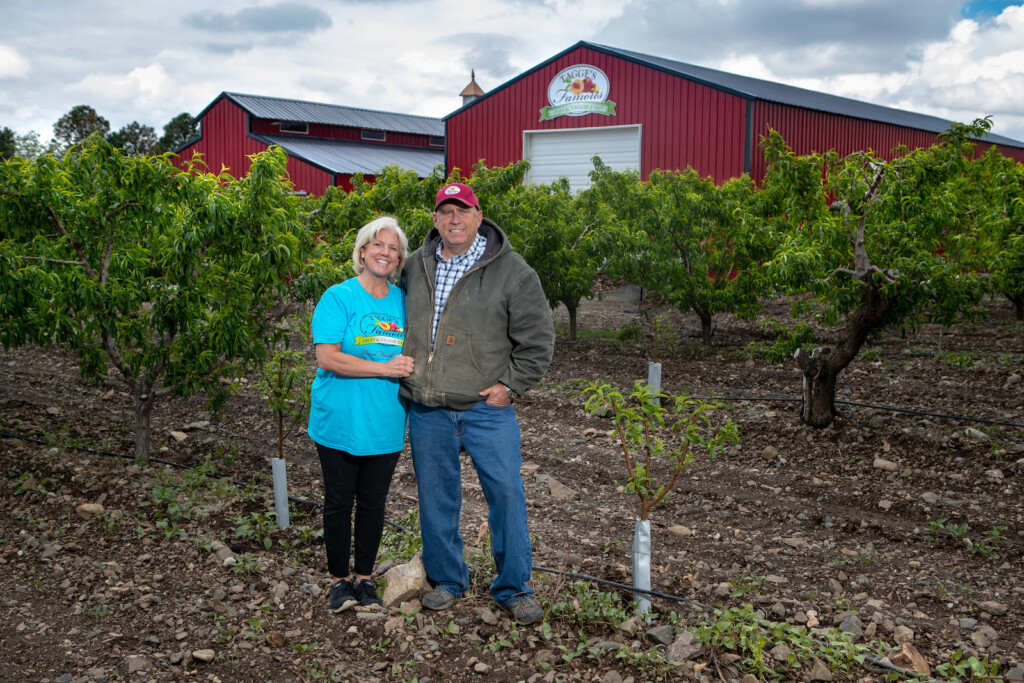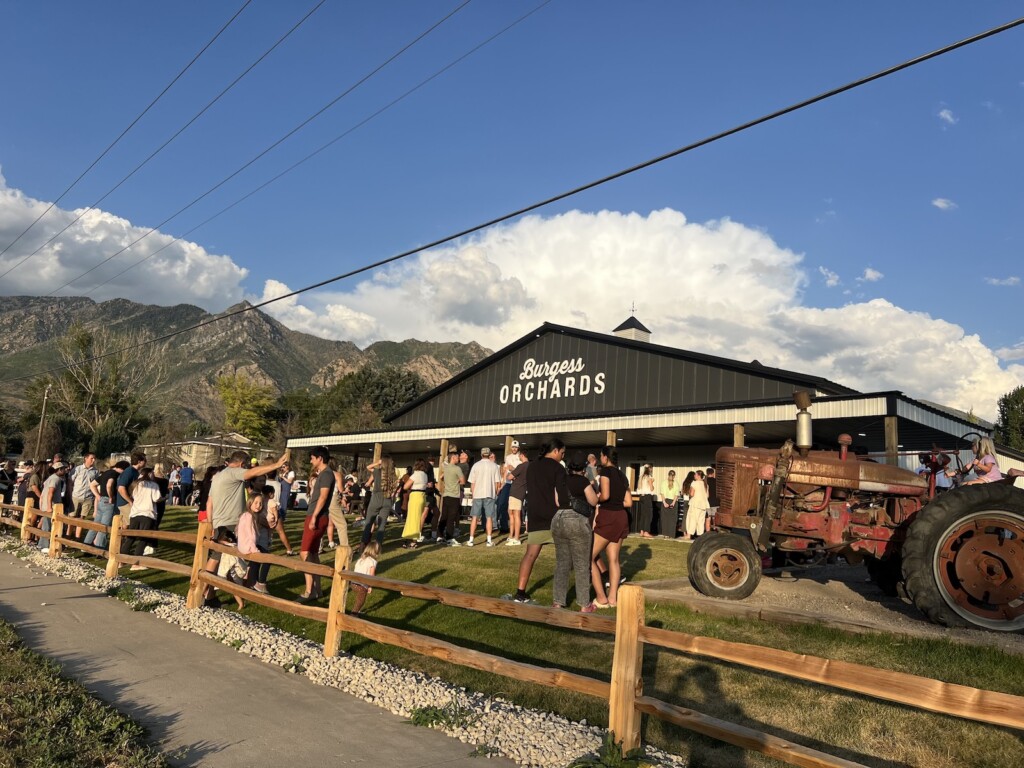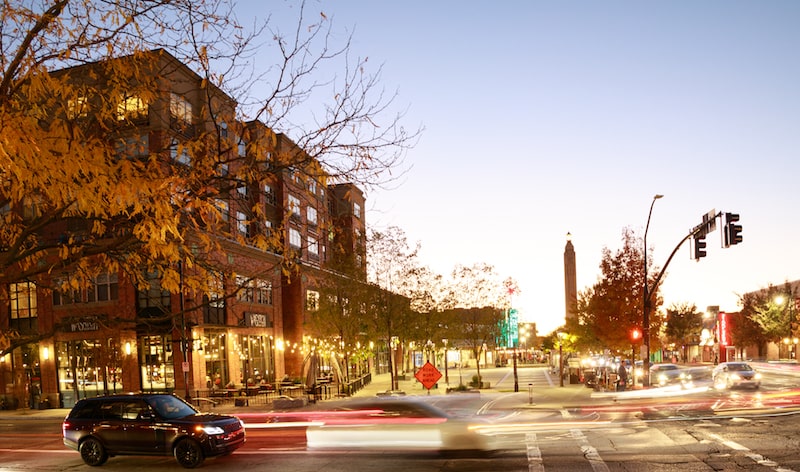
Despite a huge transformation, Sugar House still maintains its synergy and charm
Forever artsy and eclectic, the walkable Sugar House business district has long had a vibe of its own. And by 2005, developers discovered the neighborhood with hopes to capitalize on its synergy and charm. Since then, the south side of 2100 South between 1000 and 1100 East underwent a huge transformation.
That historic block first faced demolition, then sat vacant a number of years — hence earning the moniker, the Sugar Hole — and finally erupted in new structures featuring mixed-use retail and housing options.
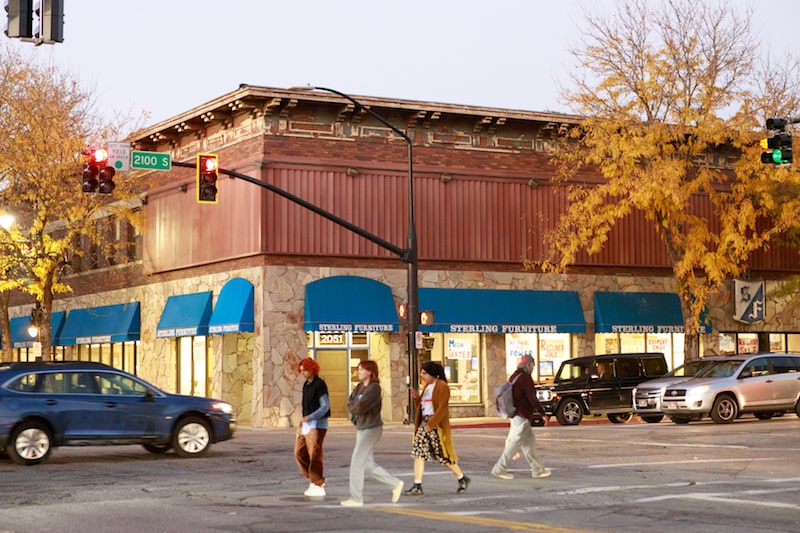
Mark Williamson owns the longstanding Sterling Furniture Store on the old north side of 2100 South, just above 1100 East. The family-owned business opened in 1941, and he joined the business in 1987.
“There has been a lot of development across the street,” Williamson said, noting an increase in traffic. “And up here on 11th East, with the trees, sidewalk, and small mom-and-pop shops, it does have a different feel.”
While he believes that change is both cyclical and inevitable, Williamson hopes “that we don’t lose what has been uniquely Sugar House for a long period of time.”
A towering construction crane indicates that work continues just to the south on 2200 South Highland Drive where traffic patterns will be disrupted for a while.
According to construction updates provided by the Sugar House Community Council, the new five-story building being erected will house 200 luxury apartments plus ground floor retail, restaurants and a bike shop.
Dealing with change
While several small businesses succumbed either to redevelopment or the Covid-19 pandemic, new ones arrived to capture some of the plentiful foot traffic sauntering past storefront windows.
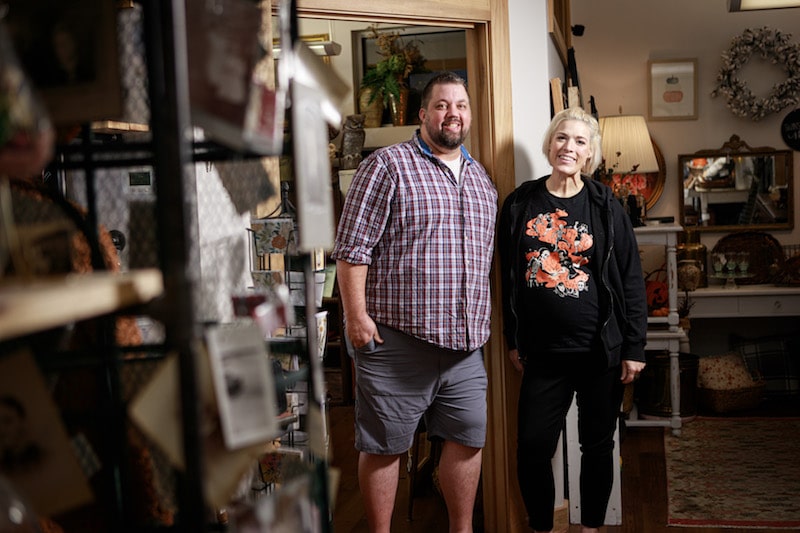
Just north of Sterling Furniture, Tela Christensen co-owns Village Vintage Interiors with Mike Whitney.
“We’ve been at this location for one year,” Christensen said. “We love being over here, it’s a great community.”
But similar to Williamson, she senses that further change could be on the horizon.
“Rolling with that is part of owning a business,” Christensen said. “But we’re hoping to be here for a long time.”
She also misses the old local shops that were displaced on the other side of the street.
“There were a lot of small unique business owners and people to meet,” Christensen said. “It’s a little different when it’s all corporate.”
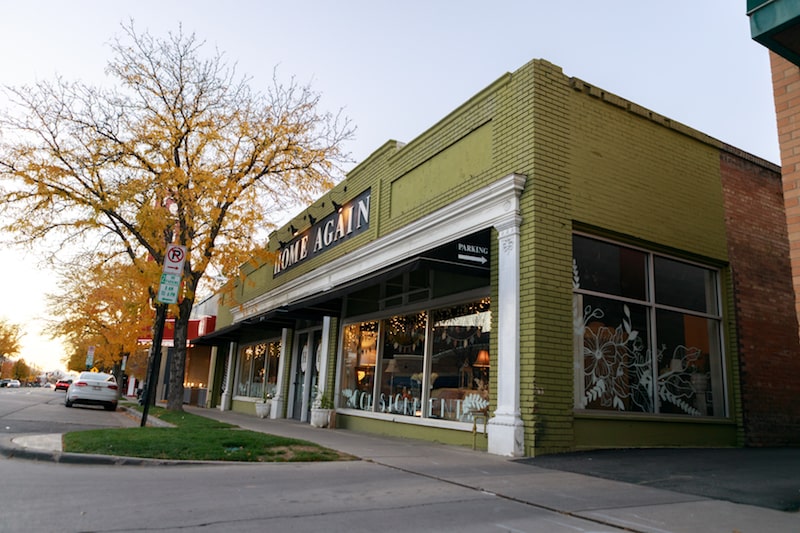
Meagan Hallen has worked as a sales associate at Home Again Consignment for almost four years. The business has occupied an older structure at 1019 East 2100 South since 1997. And Hallen said the used furnishings business is booming these days — due in part to supply chain issues.
“People are waiting almost a year for a new sofa these days, so they can come in here, buy it and take it with them that very day,” Hallen said.
Williamson, a block away, noted that Sterling Furniture had been impacted by the broken supply chain.
“Upholstery has been hit the hardest — the sofas and chairs. You’ve got wood, metal, foam and fabric that all have to come together,” Williams said. “It’s been hard for the factories to get their products. So what had been a relatively short wait has turned into a long wait.”
But both remain relatively optimistic amid the growth in Sugar House.
“Parking is always going to be a struggle, and this street has always been a terror,” Hallen said. But that’s nothing new to the California transplant.
“I’m used to traffic, to a lot of people — and don’t care. But I do hear a lot of people complain about it,” Hallen said.
For Williamson, he intends to keep doing what he knows best.
“The reason we’ve stayed in business was that we feature a good product at a good price,” Williamson said. “It’s through people buying and referring others to us that we’ll be here another 50 years.”
Prime but pricey
Not everything is corporate on the new side of the block. Dave Bean owns the single-chair Sugar House Barber Shop at 1060 East 2100 South — where he has about 150 square feet in which to greet and groom customers.
After launching three other barber shops since 2014, Bean said he opened up in Sugar House in January 2020 — just in time to feel the pandemic’s crushing blows to business.
“I’d been used to 10 to 15 haircuts per day, but that shrunk to about two per day due to Covid,” Bean said.
But business began to pick up when people felt the need to get presentable again.
“I don’t have to stare out the windows all day long, I can just cut hair most of the day,” Bean said. “Now they want haircuts so bad that I’m scheduled out and can’t take walk-ins.”
Rents also run higher in the new part of Sugar House, Bean said. “But it’s worth it to be in an area where they appreciate the quality. It’s almost like Park City.” He also acknowledged he can’t afford to live in Sugar House.
“I live in Saratoga Springs, so I commute every day,” Bean said. “It’s a long commute but I listen to tapes and it’s worth it for this location.”




